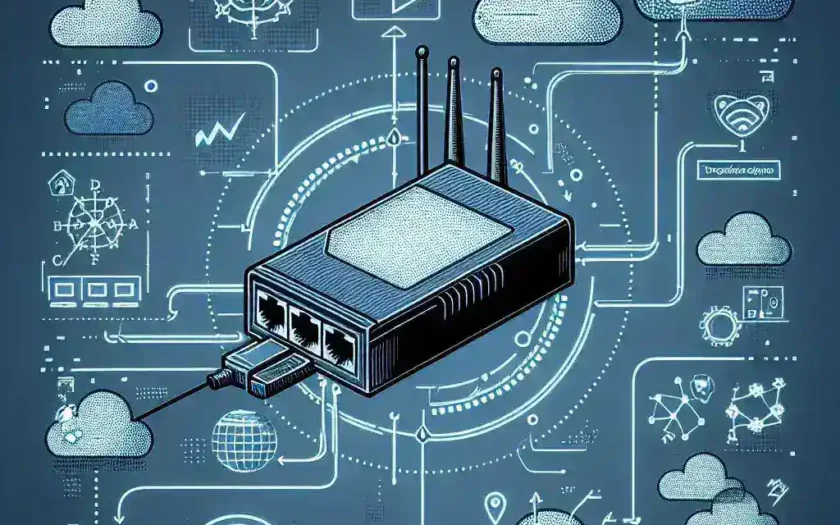Network problems can be quite frustrating, particularly when they involve packet loss through the network adapter. Packet loss occurs when data packets traveling across a computer network fail to reach their destination, causing internet slowdowns, failed downloads, and poor overall user experience. Effective troubleshooting is essential to resolve these issues quickly and efficiently.
Understanding Packet Loss
Before diving into specific troubleshooting steps, it’s crucial to understand the concept of packet loss and its potential causes. Packet loss occurs due to various reasons such as network congestion, hardware failures, or misconfigurations.
Primary Causes of Packet Loss
- Network Congestion
- Hardware Failures
- Software Issues
- Configuration Errors
- Interference in Wireless Networks
Step-by-Step Troubleshooting
1. Verify the Physical Connections
Ensure that all cables are connected securely and are not damaged.
- Check the Ethernet cables for visible signs of wear or damage.
- Ensure cables are connected to the correct ports.
2. Inspect Network Adapter Settings
Sometimes, incorrect settings in the network adapter can cause packet loss. Inspect and configure the adapter settings using the following steps:
- Open the Control Panel.
- Navigate to ‘Network and Sharing Center.’
- Select ‘Change adapter settings.’
- Right-click the network adapter you are using and select ‘Properties.’
- Click ‘Configure’ and inspect the settings under different tabs like ‘Advanced’ and ‘Power Management.’
3. Update Network Adapter Drivers
Outdated or corrupt drivers can cause packet loss. To update your network adapter drivers:
- Open ‘Device Manager.’
- Locate ‘Network adapters’ and expand the list.
- Right-click the network adapter causing issues and select ‘Update driver.’
- Follow the on-screen instructions to update the driver software.
4. Check for Interference
Wireless networks often suffer from interference that can cause packet loss. Follow these steps to minimize interference:
- Place your router in a central location.
- Avoid placing the router near electronic devices like microwaves and cordless phones.
- Change the Wi-Fi channel in your router settings to one that is less congested.
5. Test Network Connection
Testing your network helps to identify specific issues and pinpoint the location of packet loss. Follow these steps to test your network:
- Use the ‘ping’ command to check latency and packet loss. For example:
ping google.com -t - Trace the route using the ‘tracert’ command. For example:
tracert google.com
6. Reset Network Settings
If incorrect network settings cause packet loss, resetting them often resolves the issue. To reset network settings:
- On Windows, open Command Prompt as an administrator.
- Execute the following commands:
netsh int ip reset,netsh winsock reset, andipconfig /flushdns. - Restart the computer and check for improvements.
7. Contact Your ISP
If all else fails, the issue might be on your ISP’s side. Contact their technical support and report the problems you are facing.
Conclusion
Troubleshooting network adapter issues causing packet loss requires a systematic approach. By verifying physical connections, inspecting adapter settings, updating drivers, minimizing interference, testing the network, resetting settings, and reaching out to your ISP, you can effectively resolve the problem and improve your internet experience.

